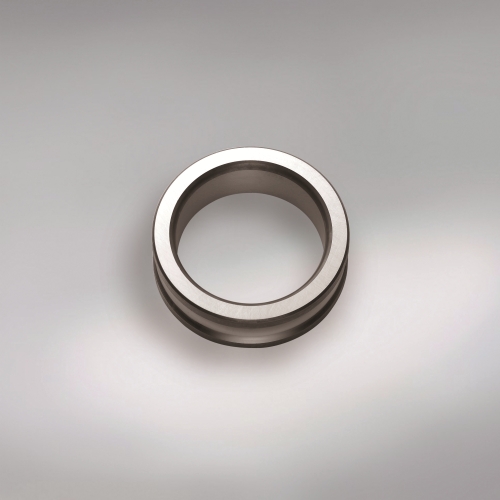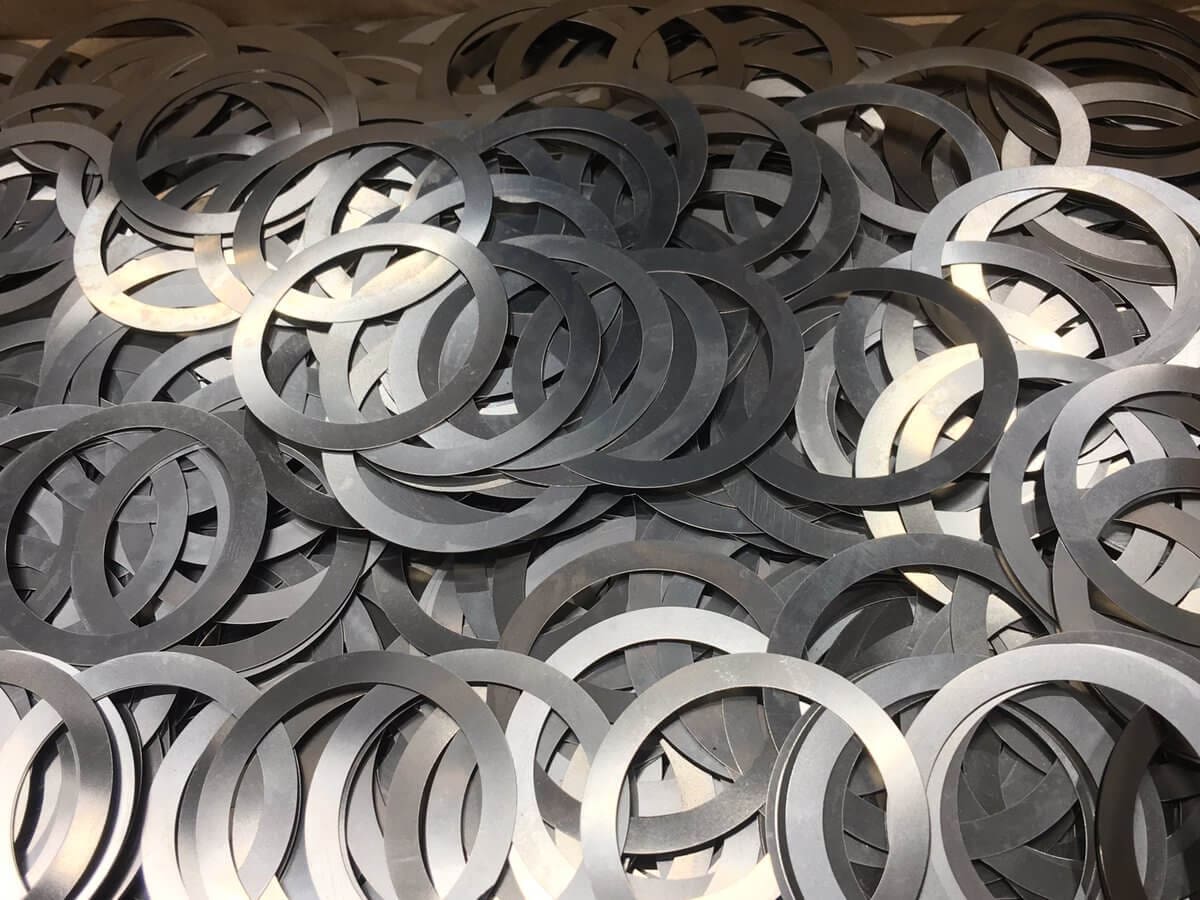


Whether that is satisfactory, or whether you'd prefer to add some additional bracing with steel stock, is up to you.Īlso beware that drawn steel boxes (curved corners and edges, obviously press-formed from one sheet of metal) sometimes have a slight bevel. They have one job: make the connection stiffer! Obviously I don't need them all for wire pass-through. You could probably get acceptable stiffness with 2 box spacers, but I'd still use 3 just to impress the inspector. I really go to town on these.īetter, if you can find it, is 4x4 boxes with all 3/4" openings. This style of conduit nut is tightened by putting a flat blade screwdriver on the tangs, and then hitting the back of the screwdriver with a hammer or the side of your pliers.
#Sheet metal plaster rings install#
Then, I install box spacers in every knockout and bang them down hard. What I do is rotate the boxes so that the knockouts line up. It is specifically made for that and gives about 3/8" spacing. What you want there is a Rigid (RMC) Box Spacer. (2) What kind of connector do I use between the two boxes? I think I need to have a little bit of distance between the two boxes - like maybe a half inch or so - to make sure the mud rings fit nicely. Does the connector between the two boxes bind the entire set up? In other words, assuming all my grounds are connected in the box can I pig tail a single ground to a ground clip on one box or do I need to ground both boxes?.Do the insides of the connector between the boxes need any kind of insert or something to prevent rubbing, etc. I think I will need to run two pieces of 14-2 wire between the boxes. What kind of connector do I use between the two boxes? I think I need to have a little bit of distance between the two boxes - like maybe a half inch or so - to make sure the mud rings fit nicely.Is the stud connection ok to support two boxes connected this way?



 0 kommentar(er)
0 kommentar(er)
